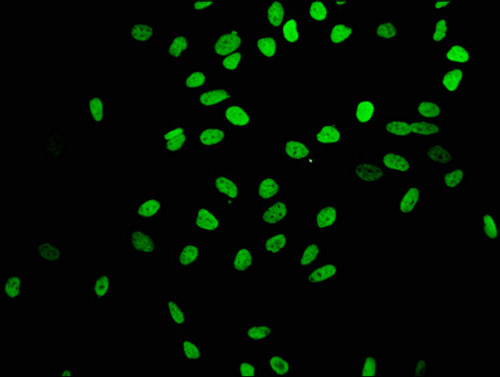Anti Acetyl-Histone H4 (K16) mAb (Clone 2B8)
CUSABIO
- Catalog No.:
- CSB-RA010429A16acHU-100
- Shipping:
- Calculated at Checkout
$368.00
| Product Specifications | |
| Application | WB, ICC, IF, FC, ELISA |
| Reactivity | Human, Mouse |
| Clonality | Monoclonal (Clone No.: 2B8) |
| Documents & Links for Anti Acetyl-Histone H4 (K16) mAb (Clone 2B8) | |
| Datasheet | Anti Acetyl-Histone H4 (K16) mAb (Clone 2B8) Datasheet |
| Documents & Links for Anti Acetyl-Histone H4 (K16) mAb (Clone 2B8) | |
| Datasheet | Anti Acetyl-Histone H4 (K16) mAb (Clone 2B8) Datasheet |





